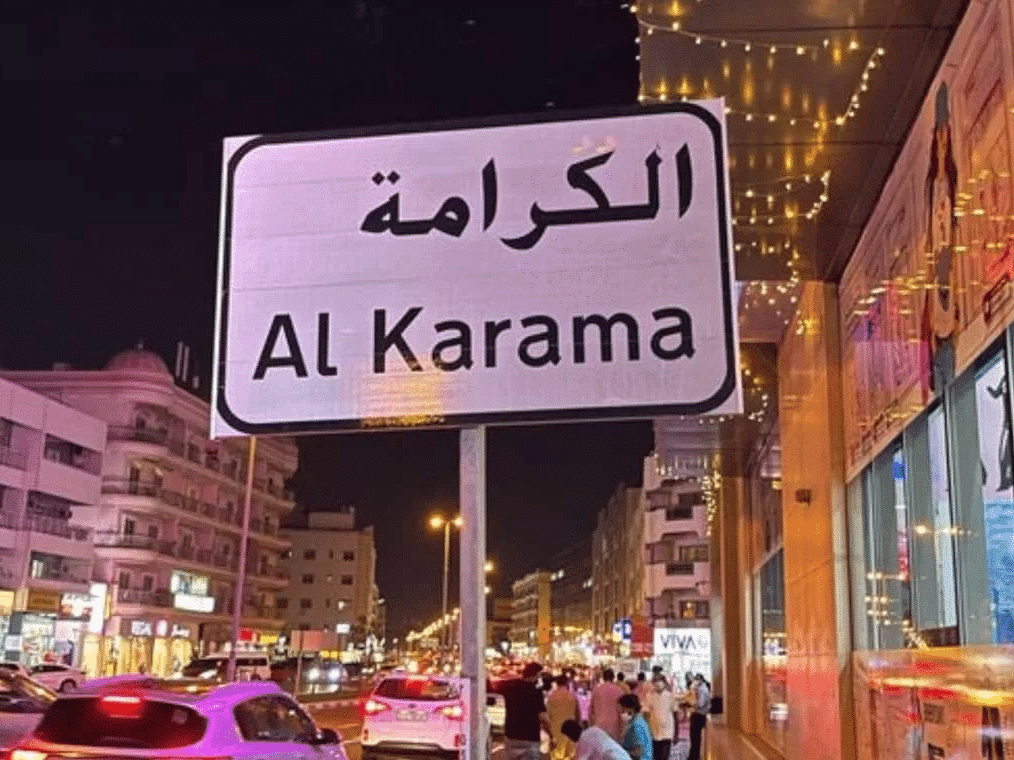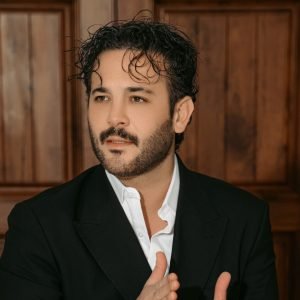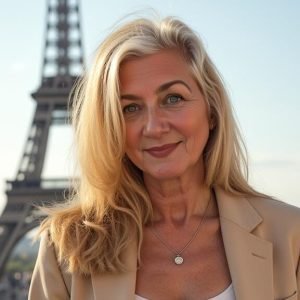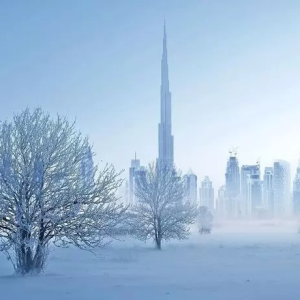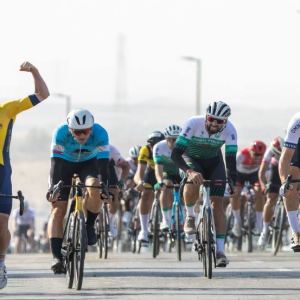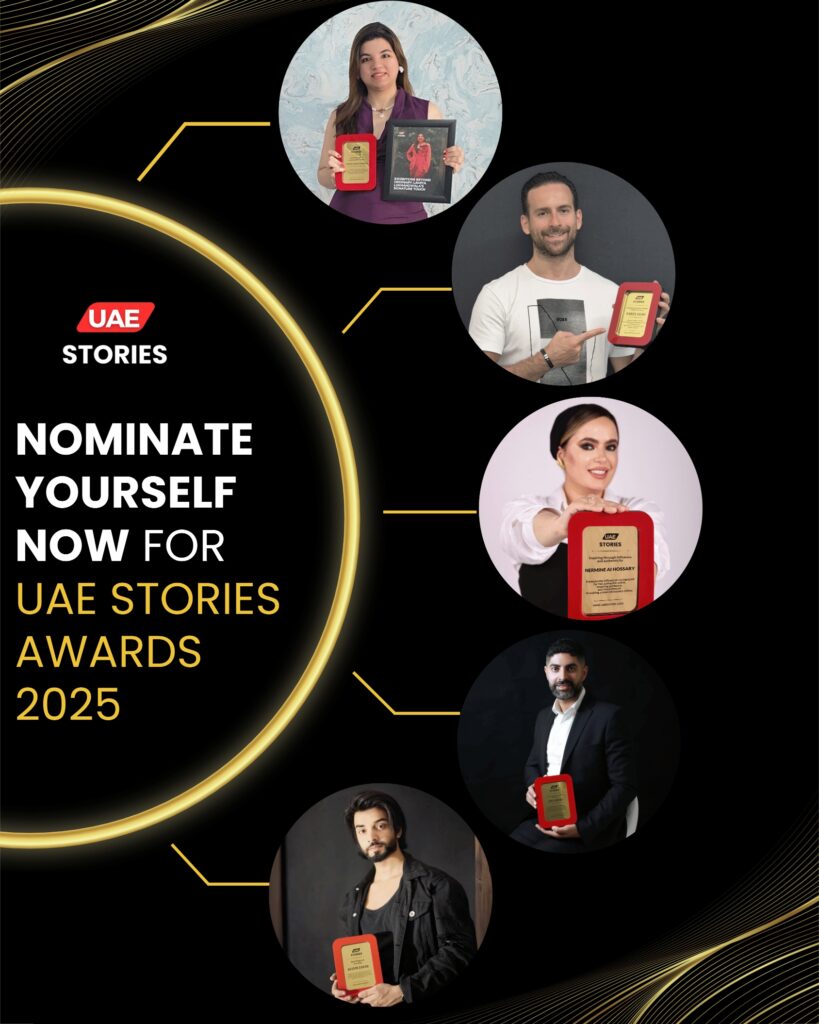A Bold Vision for the Heart of Old Dubai
In a city famed for its futuristic skyscrapers, luxury cars, and high-speed highways, Dubai’s latest urban development plan is surprisingly down-to-earth — and profoundly people-centric. The beloved neighborhood of Al Karama, one of the city’s oldest and most character-filled areas, is preparing to undergo a dramatic transformation. The car-clogged streets and narrow alleyways are set to give way to pedestrian-friendly walkways, cycling paths, and vibrant public spaces as part of the Dubai 2040 Urban Master Plan.
The announcement of Al Karama becoming Dubai’s first-ever “Super Block” has sparked excitement and curiosity in equal measure. For longtime residents, it’s a nostalgic nod to community life. For visitors, it’s a refreshing addition to Dubai’s ever-evolving skyline. But what does this actually mean for people who live, work, or simply enjoy wandering through the colorful chaos that is Karama?

What Is a Super Block — And Why Now?
A “Super Block” is a revolutionary concept borrowed from urban planning models in places like Barcelona. It involves reorganizing city blocks in a way that prioritizes pedestrians over vehicles. Streets are redesigned to discourage through traffic, cars are limited or redirected, and large intersections are converted into community spaces filled with greenery, play areas, and room to breathe.

For Dubai, a city often associated with fast-paced luxury, implementing this strategy in Karama is both bold and brilliant. It aligns with a growing global emphasis on sustainability, liveability, and mental wellbeing. The idea is simple: cities should serve the people, not just the cars.
Karama was chosen as a pilot zone for a reason. It is one of the most densely populated areas in Dubai, known for its tightly packed apartments, budget-friendly retail shops, street food stalls, and vibrant South Asian and Arab culture. By turning Karama into a car-free zone, Dubai is not only reimagining its urban layout but also showing deep respect for the communities that give the city its pulse.
A Day in Future Karama: What Residents Can Expect
Imagine walking through Karama on a cool evening. Instead of squeezing past honking cars and exhaust fumes, you’re strolling along wide, shaded footpaths. Children are playing freely in new pocket parks where roads used to be. Cafés and shops spill out into open spaces where friends and families sit, laugh, and reconnect. Bicycles glide smoothly through dedicated cycling lanes. The noise is quieter, the air is fresher, and the energy is infectious.
This is not a far-off dream. The Super Block concept will introduce car restrictions to internal roads, promote walking and cycling, and expand public transit access. Streets will be redesigned with green landscaping, interactive zones, and shaded rest areas. Essential deliveries and emergency services will still have access, but cars will no longer dominate the daily rhythm of the neighborhood.
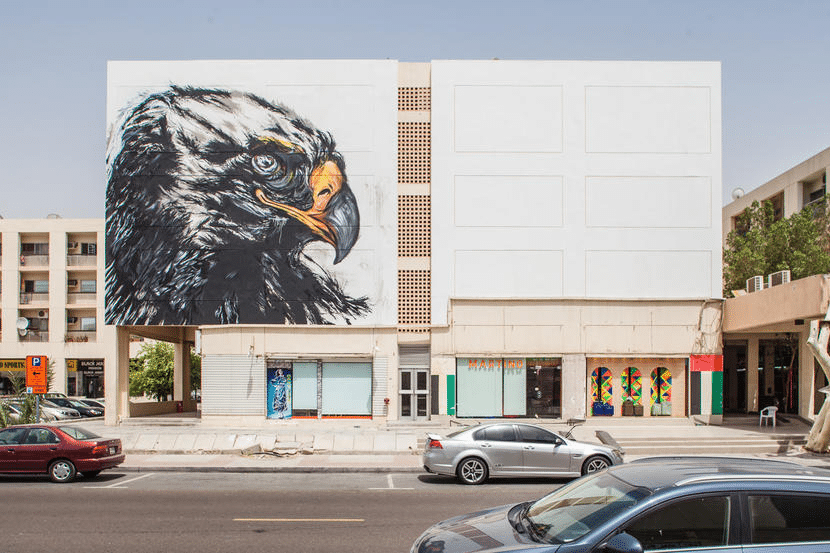
A Huge Win for Families, Seniors, and Small Businesses
One of the biggest beneficiaries of this change will be families with children. With roads reclaimed for community use, kids will have safe spaces to play and explore. Parents can relax without constantly fearing traffic dangers. Seniors and people with mobility challenges will find walking easier and safer, thanks to barrier-free access and improved urban design.
Local businesses — from tailors and salons to falafel stalls and tiny bookstores — stand to gain significantly. With more footfall and lingering time, shop owners could experience a surge in sales and customer engagement. Outdoor markets, seasonal fairs, and cultural festivals could become regular features, adding both charm and economic opportunity to the district.
Preserving Karama’s Soul While Modernizing Its Streets
One of the key concerns that naturally arises with any major urban overhaul is the fear of losing identity. Karama is not just a neighborhood — it’s a cultural ecosystem. Its graffiti-covered alleyways, quirky store signs, bargain-hunting tourists, and the constant buzz of its immigrant communities are what make it so unique.
Planners have promised that the redevelopment will not erase Karama’s character. Instead, the goal is to enhance what already exists. The Super Block will integrate heritage elements and visual storytelling through murals, public art, and culturally reflective design. The old will meet the new — not in conflict, but in harmony.
How Will Traffic and Parking Work in a Car-Free Karama?
Let’s be honest — anyone who has ever tried parking in Karama knows it’s an artform in itself. With the Super Block design, cars will be redirected to surrounding arterial roads and designated parking zones. Multi-level parking structures could become the norm around the edges of the block, freeing up internal streets for people, not parking.
For residents who need to drive, access will still be possible through controlled entries. But the everyday dominance of cars will be replaced by a more thoughtful, balanced approach to mobility.
Public transport will become the backbone of connectivity. Karama is already served by metro stations and multiple bus routes. The city plans to upgrade and increase frequency, ensuring that even those without cars feel empowered and mobile.
Environmental Impact: Small Changes, Big Results
Turning Karama car-free is also an environmental masterstroke. Fewer cars mean reduced emissions, better air quality, and lower noise pollution. The addition of green spaces and trees will help lower temperatures and combat the urban heat island effect, which is especially important in Dubai’s harsh summers.
With fewer concrete surfaces and more green cover, stormwater drainage will improve. Eco-friendly materials, solar lighting, and sustainable water systems are expected to be part of the design strategy.
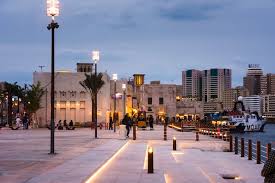
What’s Next After Karama?
If the Al Karama Super Block proves successful — and all signs suggest it will — the initiative could expand to other parts of Dubai. Old neighborhoods like Satwa, Deira, or even parts of Bur Dubai could be next in line for a pedestrian-first transformation.
Dubai’s vision for 2040 includes making 55% of the city’s population live within 800 meters of a main public transport station, increasing green space by 105%, and turning walkability from luxury into a lifestyle.
Karama is the first step in a much larger journey. A journey that places people at the center of planning. A journey that sees cities not as concrete jungles, but as living, breathing communities.
A New Chapter Begins — With Heart, Not Horns
The Al Karama Super Block is not just an infrastructure upgrade. It’s a mindset shift. It’s about redefining what a modern city looks and feels like. It’s about understanding that in the race for development, pausing — to create space for people, nature, and connection — is progress in its truest form.
For the elderly man who’s lived in Karama for decades, for the working mom walking her kids to school, for the artist sketching shopfronts in the evening light, and for the curious traveler hunting for the best biryani in town — this change is for all of them.
Karama is about to breathe again. And with it, so will the soul of Dubai.
Do follow UAE Stories on Instagram
Bar Hop Your Way Through Dubai’s Best Cocktail Spots This Week

